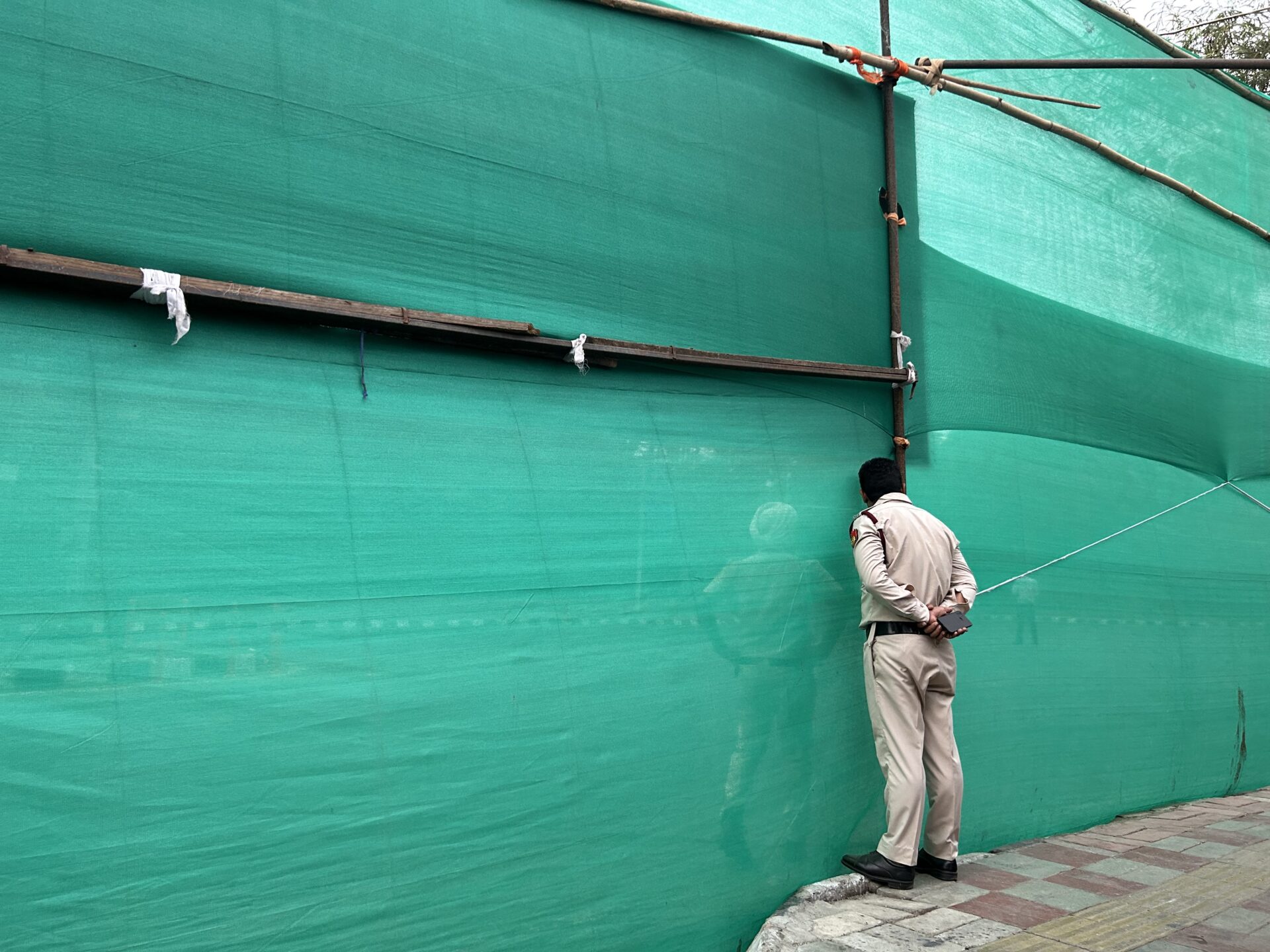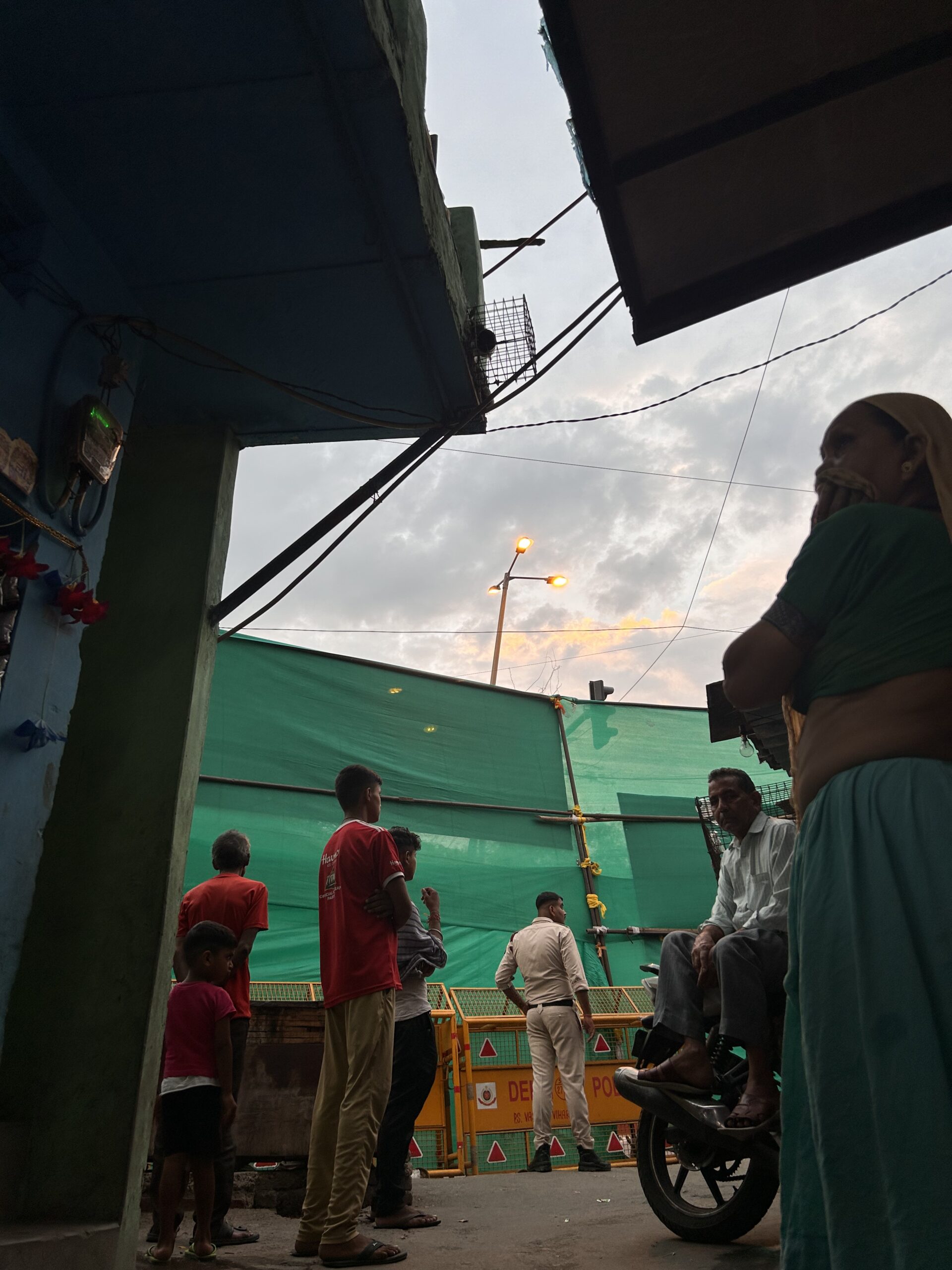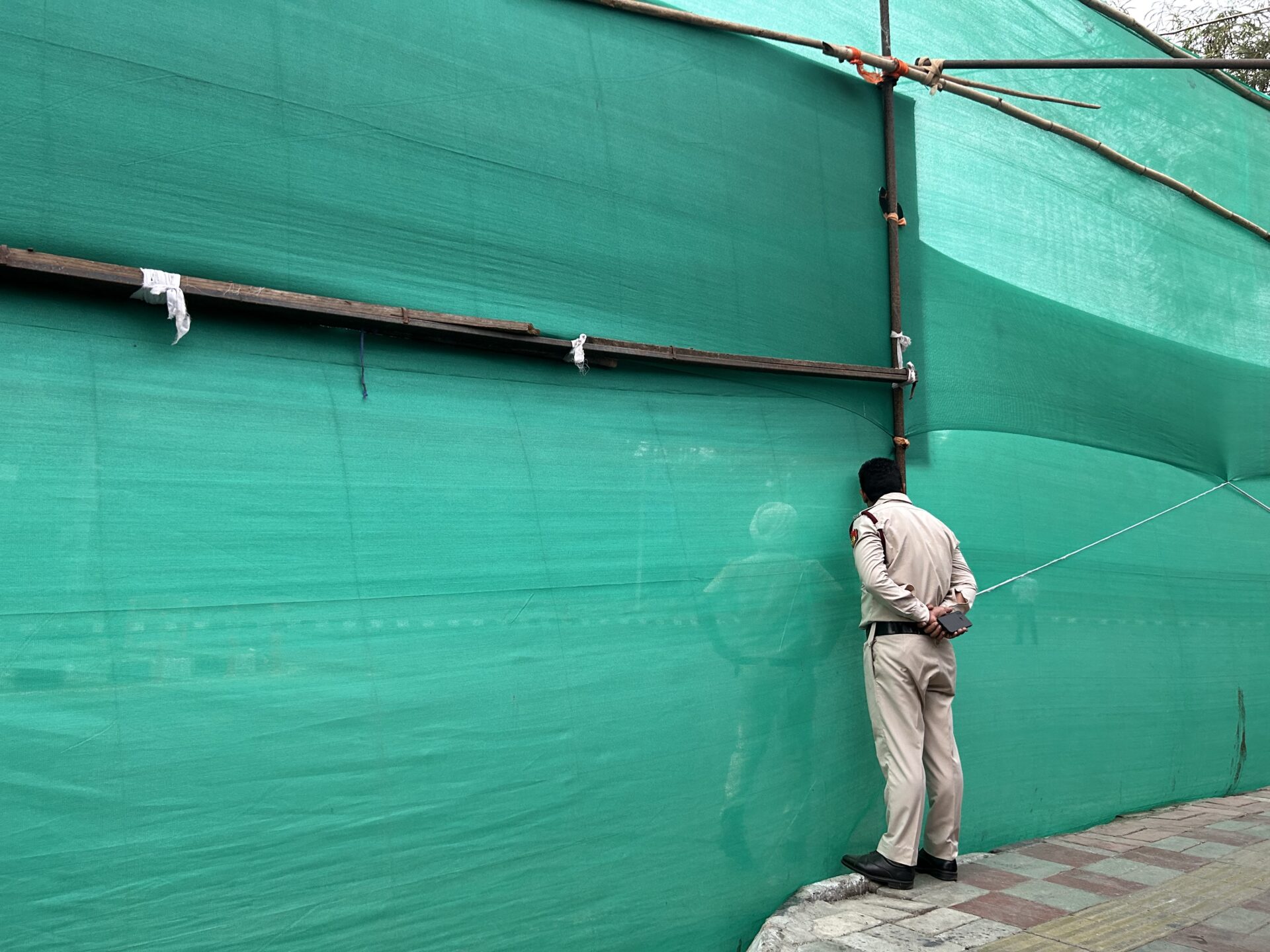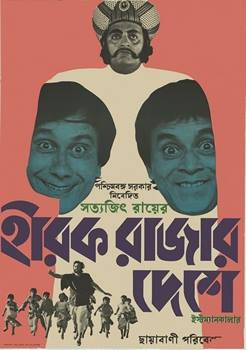beijingwalker
ELITE MEMBER

- Joined
- Nov 4, 2011
- Messages
- 65,191
- Reaction score
- -55
- Country
- Location
“This Is Humiliating” India Hides Its Poor for the G20 New Delhi Summit
During the gathering of leaders India’s internal disparity was shrouded, but more apparent than ever.WORDS: ZENAIRA BAKHSH

PICTURES: ASMA HAFIZ
DATE: SEPTEMBER 11, 2023
Every morning for the past several years, 35-year-old Dabloo Ram walked about a kilometer to fix shoes in his makeshift roadside shop — an enclosure inside a residential neighborhood in New Delhi of less than five square feet, enough for him to sit surrounded by shoelaces hanging from its wooden walls. Then one day in August, his shop was uprooted by authorities. They replaced his place of business with three flower pots.
In preparation for the G20 Summit — the gathering of the Group of 20, an intragovernmental economic forum, that took place on Sept. 9 and 10 in India — national authorities, who saw the occasion as an important moment for the country to assert itself on the international stage, launched a massive beautification drive. But the pretty facade came at the expense of the city’s poor. The year saw the demolition of homes and shops like Ram’s. The government put up several-foot-high green curtains to hide poor neighborhoods. During the summit, restrictions on movement left thousands of workers homeless and without income.
“I have only earned 50 rupees [$0.60] since morning,” Ram told Inkstick on Friday afternoon, as he squatted beside the flower pots with his wares stashed into small boxes, waiting for customers in the Johri Farm area of Jamia Nagar, a predominantly Muslim locality in New Delhi. During the summit, the Delhi Police patrolled the streets to remove any vendors. “I used to earn around 300 rupees [$3.60] a day. Today, I don’t have enough money to buy food for my family.”
Ram’s shop was about a mile from the main road, and the nearest venue linked to the summit, the posh Suryaa Hotel, is another mile away. While hosting the summit was a matter of prestige for New Delhi, it crippled the city’s poor — many of whom survive on less than two dollars a day. “I want my daughter to get educated,” Ram said. “I could not complete school, but I want my daughter to learn English [and be eligible for white-collar jobs] but how will that happen when I can’t even afford food?”
In the past few months, the Indian government has spent 41 billion rupees, just under $500 million, to give the country’s capital a facelift, installing millions of flowers, murals, lights, plastering the roads with billboards featuring Prime Minister Narendra Modi, and adding the green curtains.
‘Not Normal’
The situation hasn’t been good for brick-and-mortar shops, either. The owner of a small cafe in Jamia Nagar, a haunt for students of the nearby Jamia Millia University, said business suffered after the authorities removed street vendors and forced businesses to shut down by 8 p.m. every day. “The police have been especially harsh on street vendors. They have created a sense of fear,” she said.“We have a large percentage of poor people who depend on daily earnings, there should have been some arrangements for them. If India can host such a huge event, then the government could have also created alternatives for people,” she added, questioning the need to remove street vendors from the streets and close down the area early. “Delegates are not going to visit this densely populated neighborhood. The whole exercise feels weird and humiliating.”
The neighboring areas of Johri Farm including Batla House, Shaheen Bagh and the New Friends Colony’s Community Center, once filled with street vendors doing brisk business selling food and hosiery items have been deserted for over a month now. Many slums, housing migrant workers from several Indian cities, across New Delhi have been bulldozed and street vendors as well as gig workers were crippled because of the restrictions in place for the summit.
Since the beginning of this year, the government carried out encroachment drives across Jamia Nagar, citing a National Green Tribunal order to remove all encroachment in the Yamuna Flood Plain area. In one such drive, about 250 residents lost their homes. Most recently, in August, the Delhi Development Authority (DDA) demolished another slum in Delhi’s Badarpur area, rendering about 150 families homeless.
In July, Kaushal Kishore, the junior housing minister, reported at least 49 demolitions in New Delhi between April and July, according to Reuters. The government says that the houses are illegal, and Officials of Prime Minister Narendra Modi’s federal government, told Reuters that the evictions are “a continuous activity.”
“No house has been demolished to beautify the city for the G20 summit,” Kishore said.
Nonetheless, the government did take intensive, and avowed, actions to prepare for the summit. As global leaders like US President Joe Biden, British Prime Minister Rishi Sunak, and others arrived in New Delhi, the Indian government shut down all schools, colleges, and offices in the city from Sept. 8-10. The Delhi Police imposed additional restrictions in view of the VIP movement in the national capital. Entry into the capital was also restricted with several flights and trains canceled or rescheduled.
Meanwhile, the cafe owner, like many other business owners in the area, said the government was trying to create an impression for the delegates that “doesn’t seem normal.”
“Probably even the delegates might wonder why Indians don’t go to work or children don’t go to schools. If the same summit had happened in any other country people would have been going on with their lives without these kinds of disruptions,” she said.
“Because We Are Poor”

About 10 miles away from Jamia Nagar, a prominent roundabout junction close to the airport was covered with tall green curtains through which convoys of “VIPs” frequently pass. Hidden from the passersby’s view, except for a few small openings, was a densely populated slum inside the roundabout island.
A few yards inside the cloaked neighborhood, darker than the street outside, it was difficult not to feel suffocated. Sitting by the doorless entrance to her single-room home, 30-year-old Aarti said she didn’t know why the green curtains were put up or why the VIPs were in New Delhi, and complained that a police officer had asked her to produce written permissions from their employers to leave the neighborhood. Inkstick reached out to Suman Nalwa, the spokesperson of the Delhi Police, and Bijay Shankar Patel, Director of Public Relations of the Delhi Development Authority, however, both said they were unavailable for immediate comment. Inkstick has sent questions to Patel and if he responds, will update accordingly.
“I clean people’s houses. Where will I get these permits from,” Aarti said, expressing her feeling of helplessness. “The police don’t allow us to go out, and our employers tell us that they will fire us if we don’t show up.”
A few feet from the curtains, 56-year-old Kali Charan, who irons clothes for a living, stood idly. His inertia was broken by the commotion caused by an incoming VIP convoy. A posse of policemen appeared to prevent those behind the curtains from venturing out, or even peeking from the openings in the curtain. As the sirens reverberated for the next few minutes, Charan said his earnings went down from about 500 rupees ($6) a day to about 200 rupees ($2.5).
Charan was aware of the G20 Summit and explained the upcoming VIP movement of world leaders through the area. “They [the government] want to create a good impression,” he said, “They don’t want these countries to know that there are slums in India. The government is ashamed of its poor, they don’t want to be humiliated because of us.”
As the day’s temperature soared to more than 30 degrees Celsius (86 Fahrenheit), Charan complained about the suffocation and increase in heat in his neighborhood due to the curtains. “The police stay here till 11:30 in the night. We go outside only around midnight, when the roads have cleared up,” he said. “Our children keep asking why we are behind these curtains. We just tell them that we are poor.”
An Unchanged Trajectory
Earlier this year, as G20-related meetings were held in Visakhapatnam, in the Andhra Pradesh state, beggars were evicted from the city and their slums concealed with tarpaulins. Ahead of the main summit in New Delhi, authorities evicted even animals, rounding up street dogs and placing cutouts of langurs to scare away monkeys from the summit’s zone.The activist group Concerned Citizens compiled testimonies and wrote that the government was “brutal” in its demolition of houses of the poor ahead of the G20 summit in a report titled Public Hearing on The Forced Evictions Across India and G20 Events, released on July 13, 2023.
This, however, is not the first time that the arrival of world leaders has led the Indian government to “hide” its own people. In 2010, during the Commonwealth Games, according to the Housing and Land Rights Network, forced evictions and demolitions of houses took place in Delhi on a wide scale, leaving thousands of people homeless in order to construct stadiums, parking lots, and city beautification.
More recently, in 2020, during the visit of former US President Donald Trump, a half-kilometer brick wall was built overnight along the road from the airport. Residents accused the government of hiding, rather than investing in improvements to the slum that was inhabited by more than 2,000 people, in Modi’s home state of Gujarat. Bijal Patel, a government official, told The Guardian that the wall was built “for security reasons” and as part of “part of a beautification and cleanliness drive,” but denied that the wall’s intention was to hide the slum neighborhood.“The people who have been displaced will come back, and their homes will get demolished again and then they will come back again.”
Harsh Mander
The poor live in perpetual precarity, Harsh Mander, a rights activist, told Inkstick. “They know that a bulldozer might come anytime because they have no lawful right to any piece of land or house in the city,” he said.
Although India is the world’s fifth largest economy, with a $3.75 trillion economy, “it is also true that among all G20 countries, India has the lowest per capita income and the worst rating in the global hunger index as it ranks 107th out of the 121 countries,” said Mander.
Mander, who works with urban homeless people, said the recent demolitions and evictions left people in despair. “Generations of poor people have lived on these pieces of land and there are no options for them. People were taken out, put into buses and dropped outside the city. How are they going to survive?” he asked.
“Right to Adequate housing and Shelter is an extension of Right to Life in India and this is also a well-recognized and internationally accepted Human right. The most common reason for people being deprived of this right is poverty,” Shubhangi Chhaya wrote in a report titled Right to Housing and Shelter in India. “Lack of housing and shelter is connected to a series of other violations of rights such as right to life, health, privacy, etc.”
The future, meanwhile, remains unchanged, Mander said. “The people who have been displaced will come back, and their homes will get demolished again and then they will come back again,” he said. “When you are powerless, you have to persevere.”

“This Is Humiliating” India Hides Its Poor for the G20 New Delhi Summit
During the gathering of leaders India’s internal disparity was shrouded, but more apparent than ever.


